Upcoming Projects
India is having the 2nd highest population in the world. With the increase in population need for good infrastructure is also arising for a better life. People are moving from rural areas to urban areas. This causes population density problems in urban areas. To solve the population density problem, the need for HIGH-RISE BUILDING STRUCTURES/VILLAS/FARM LANDS/RESORTS is arising as land for development in an urban area is limited. Various factors affect the parameters of project management.

OUR QUALITATIVE/QUANTITATIVE MODEL
- 01 CLIENT: Our expert client consultation gathers relevant information, assesses the client's needs, and offers informed advice on critical aspects related to the dispute.
- 02 CLARIFY: After gathering information, our team defines the issue scope and provides a comprehensive understanding of resolution options.
- 03 CREATE: We use creative techniques to develop sustainable solutions, exploring multiple options before choosing the best fit.
- 04 CHANGE: We enable and manage change, particularly human factors that impact the transition.
- 05 CONFIRM: We ensure that change has taken place using qualitative and quantitative measures.
- 06 CONTINUE: We sustain changes by leveraging learning, change agents' skills, and knowledge sharing.
- 07 CLOSE: We conclude the engagement process, emphasizing outcomes, added value, and future actions.
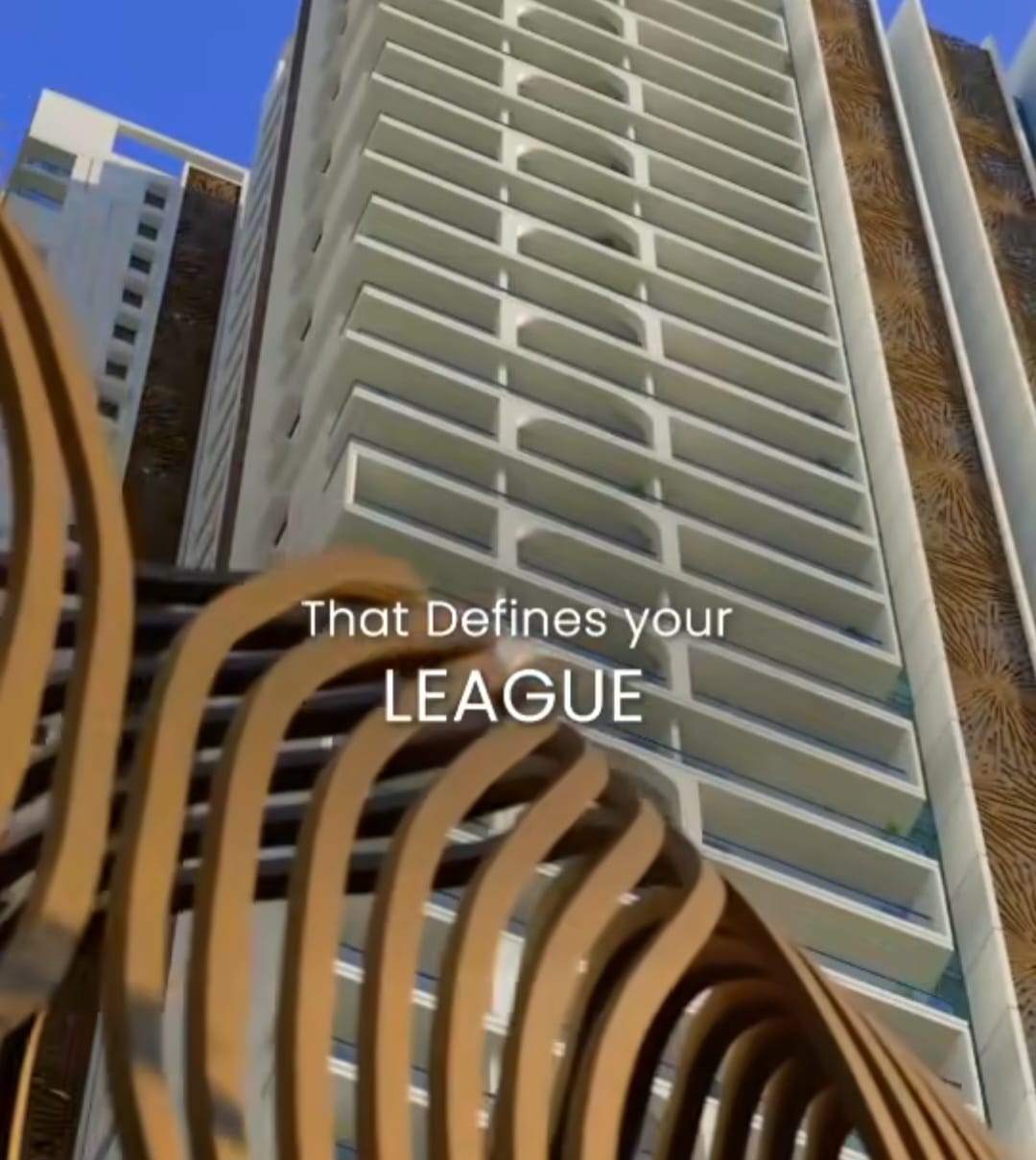
OUR COMMITMENT TOWARDS NATURE AND BALANCING ECO SYSTEM OF MOTHER PLANET EARTH:
The protection of nature, social and cultural engagement is the key to preserve the world for future generations. This is why APARAAJITA supports and initialize projects for a sustainable development in its projects regions. Green buildings offer a promising pathway towards a more sustainable future. These can help to reduce environmental impact, improve health and well-being, and create more livable communities.
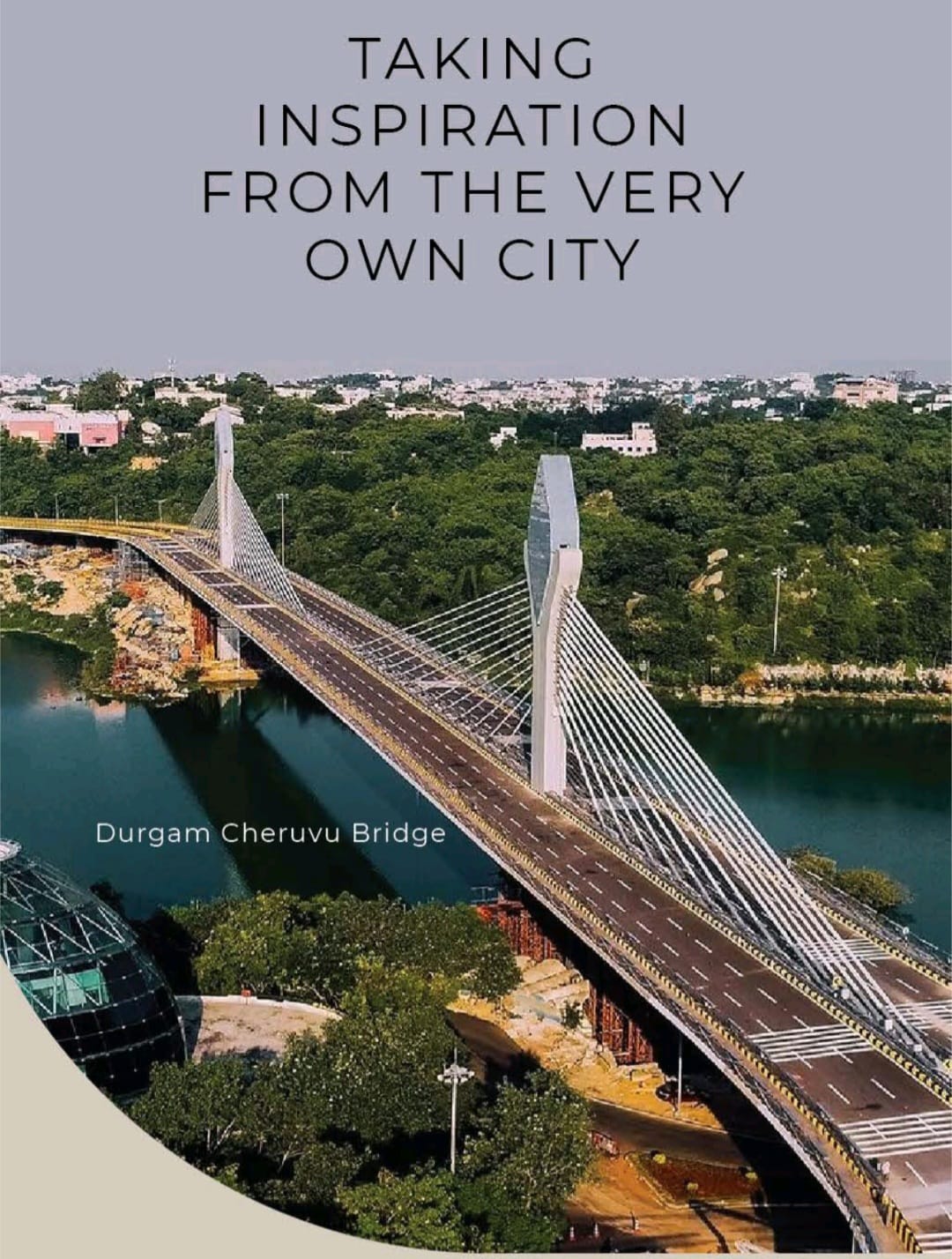
GREEN CONSTRUCTION

Construction is a necessary part of modern life – humans need homes to live in, schools to learn in, businesses to work at and roads to drive on. Any construction will have some inevitable impact on the environment. With a growing global emphasis on sustainability, it is the responsibility of the construction industry to take steps to both minimize their own footprint in raising a new building as well as designing that building to operate in a sustainable way for many years to come. Green construction is the answer to that call and is a rapidly growing aspect of the industry. Green Project management plays a vital role in ensuring that green buildings are successfully delivered. By applying project management principles and practices, we can ensure that green buildings are constructed to the highest standards of sustainability and performance. In addition to the project management best practices, it is also important to foster a culture of collaboration and innovation within the project team. This will help to ensure that everyone is working towards the same goals and that new and innovative solutions are explored to achieve sustainability objectives. As the world transitions towards a more sustainable future; green buildings will play an increasingly important role. By embracing green building principles and practices, our project managers can help to create a better future for all.
GREEN PROJECTS EXECUTION IS OUR DNA:

Escalated threats of climate change and resource depletion have put the construction and operation of buildings under scrutiny, leading to a critical paradigm shift in the field of architecture and construction. Green buildings have emerged as a holistic approach towards mitigating environmental impacts and enhancing overall sustainability. While the terms "green" and "environment-friendly" are often used interchangeably, green buildings, environment-friendly buildings, and net zero buildings have distinct meanings despite being related concepts. The primary goal of green buildings is to strike a balance between human comfort, resource efficiency, and environmental preservation. Such buildings are designed and constructed with the explicit intention of minimizing negative environmental impact throughout their lifecycle. This extends beyond energy efficiency or reduction of greenhouse gas emissions and encompasses considerations ranging from site selection and materials sourcing to energy consumption, water usage, indoor air quality, and even the well-being of occupants.
Correlation of Green Buildings with Project Management:
Project management is the application of knowledge, skills, tools, and techniques to project activities to meet the project requirements. Green buildings are complex projects that require meticulous planning, coordination, and execution to ensure sustainability goals are met. Project management can help to ensure that green buildings are completed to the required specifications, on time and budget. The successful realization of green buildings requires effective project management practices that accommodate their unique challenges and objectives. One should recognize that project management for green buildings is a specialized discipline that requires a deep understanding of sustainability principles, interdisciplinary coordination, and a focus on long-term performance. Successful project management in this context ensures that green buildings meet their sustainability goals while staying on budget and on schedule.
Some specific ways that APARAAJITA’S project management supports green building projects include:
- Developing a project plan: The project plan should identify the project goals, objectives, scope, schedule, budget, and risks. It should also identify the resources that will be needed to complete the project and the roles and responsibilities of the project team members.
- Lifecycle Assessment: Green building project management extends beyond construction to consider the entire lifecycle of the building, including operation and maintenance. Effective project management includes planning for ongoing sustainability practices and monitoring building performance post-construction.
- Managing project risks: Green building projects face a number of unique risks, such as the availability of sustainable materials and the availability of qualified green building professionals. Our Project management Teams can help to identify and mitigate these risks.
- Coordinating the project team: : Green building projects typically involve a large and diverse team of interdisciplinary teams of architects, engineers, sustainability consultants, and contractors. Our Project management can help to coordinate the activities of the project team and facilitate seamless communication and collaboration among these experts to ensure that sustainability objectives are integrated into every aspect of the project so that everyone is working towards the same goals.
- Budget and Resource Management: Sustainability features in green buildings can sometimes require higher upfront costs. Our Effective project management involves budgeting for sustainable materials and technologies, managing procurement processes, and optimizing resource allocation to ensure cost-effectiveness.
- Certification and Compliance: Many green building projects seek certification through programs like LEED, BREEAM etc. Our Project managers are responsible for navigating the certification process and ensuring compliance with specific sustainability standards.
- Stakeholder Engagement: Green building projects often involve multiple stakeholders, including owners, occupants, regulatory bodies, and the community. Our Project managers would engage with these stakeholders to align expectations and promote sustainability objectives.
- Sustainability Goals and Metrics: Project management for green buildings requires setting clear sustainability goals and performance metrics from the outset. These goals might include energy efficiency targets, water conservation measures, or materials sourcing requirements. Our Project managers would ensure that these goals are understood and adhered to throughout the project lifecycle

YOGA
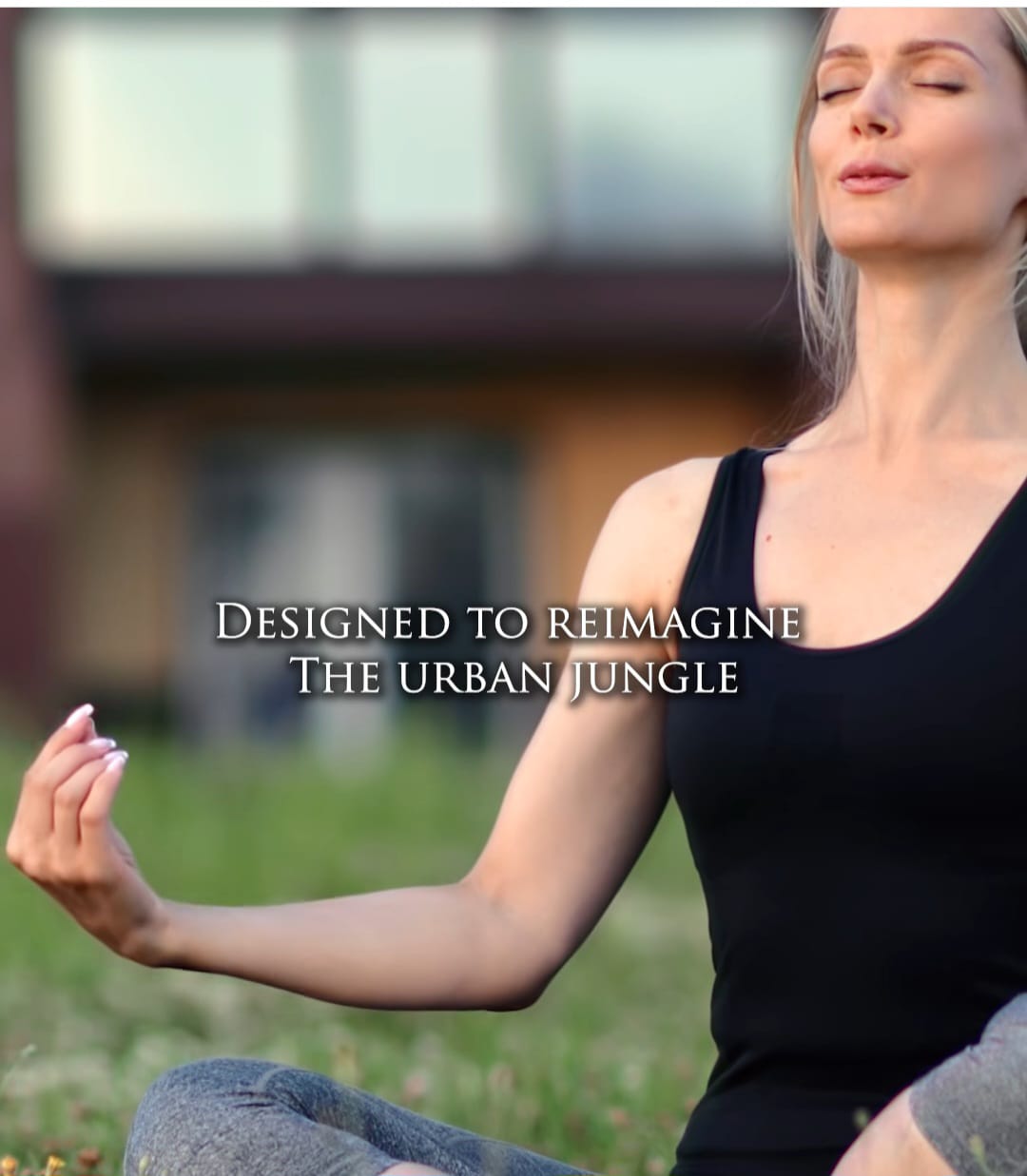
SURYA NAMASHKAAR
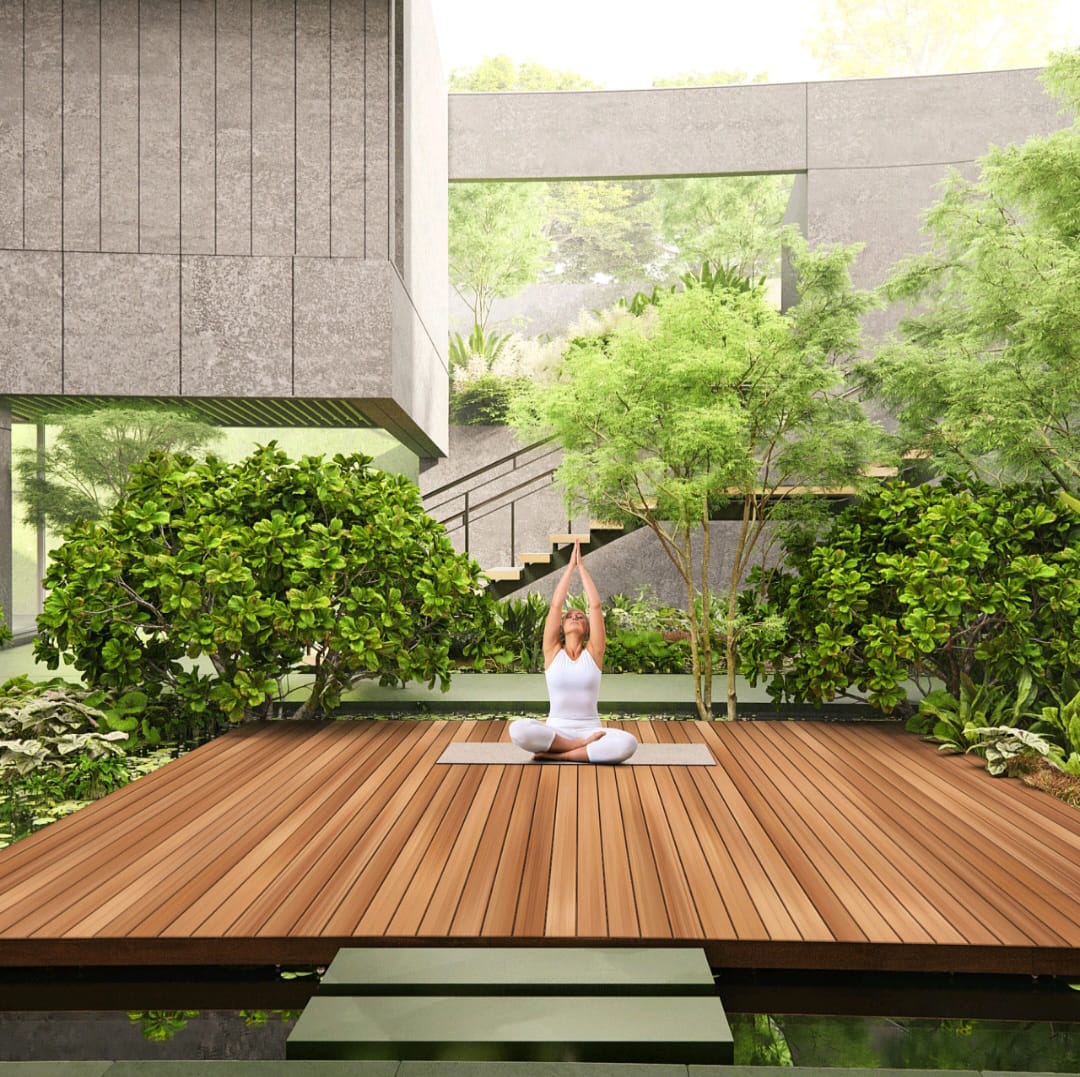
Sustainability:
Sustainability has become a crucial aspect of modern commercial building design. Green buildings not only reduce energy consumption but also improve occupant health and well-being. Hyderabad being the hottest real estate investment destination where investors are eyeing on the new launches and buyers are looking for affordable properties with modern amenities.
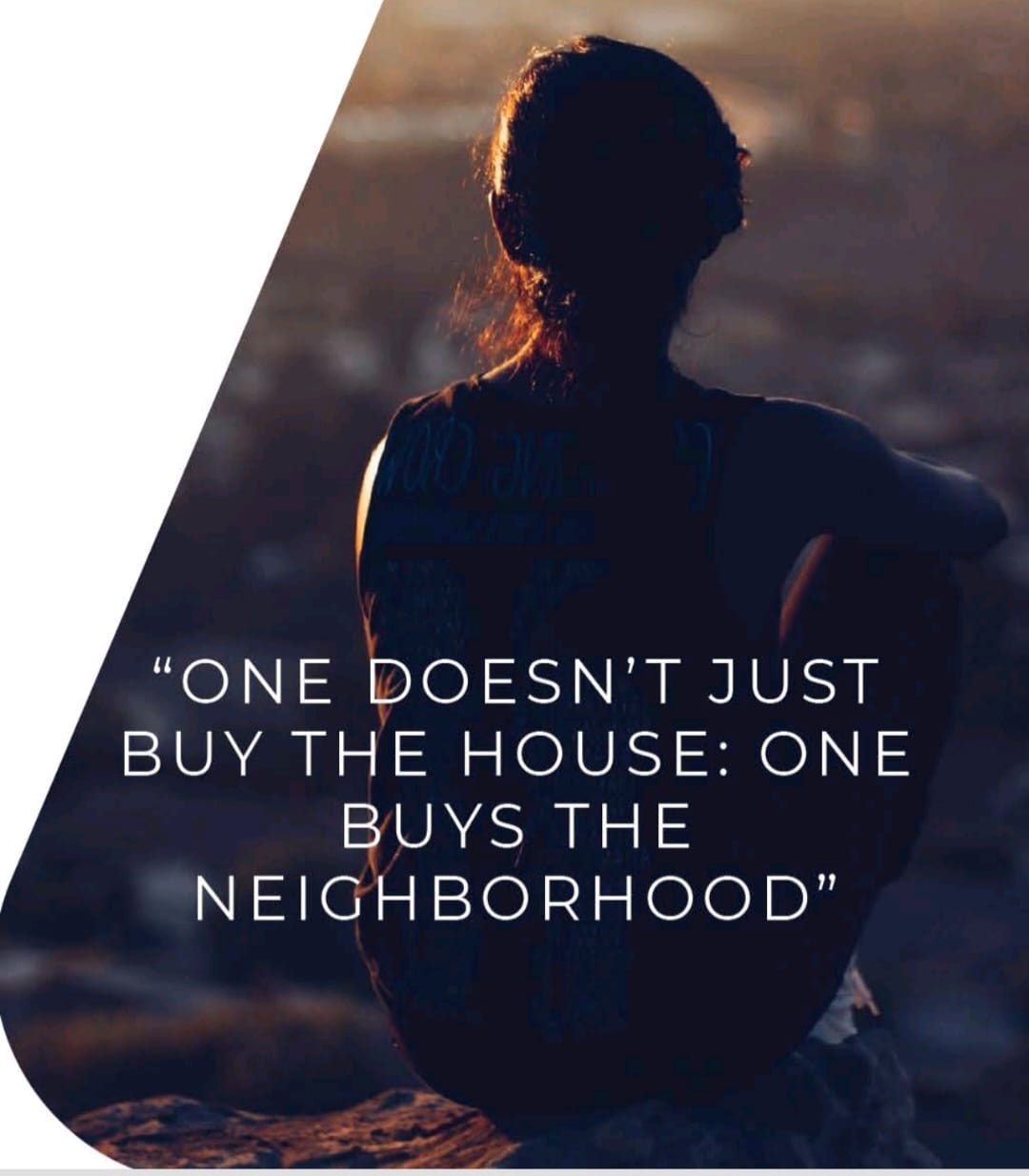
BENEFITS OF GREEN BUILDINGS:
Reduced environmental impact: Green buildings use less energy and water, produce less waste, and are made from sustainable materials. This can help to reduce greenhouse gas emissions, conserve natural resources, and protect air and water quality. Improved indoor air quality through ventilation systems that filter out pollutants and materials that do not emit harmful fumes; leading to improved health and well-being for occupants. Increased occupant comfort using features such as natural light, good ventilation, and thermal comfort.
Reduced operating costs:
Savings on energy and water bills, as well as maintenance and repair costs. In an era of increasing environmental challenges, green buildings stand as a beacon of innovation, demonstrating that sustainable architecture can harmoniously integrate human comfort, resource efficiency, and environmental stewardship. The demand for green buildings is growing rapidly due to various factors, including the rising cost of energy, the increasing awareness of the environmental impact of buildings, and the growing demand for sustainable living.
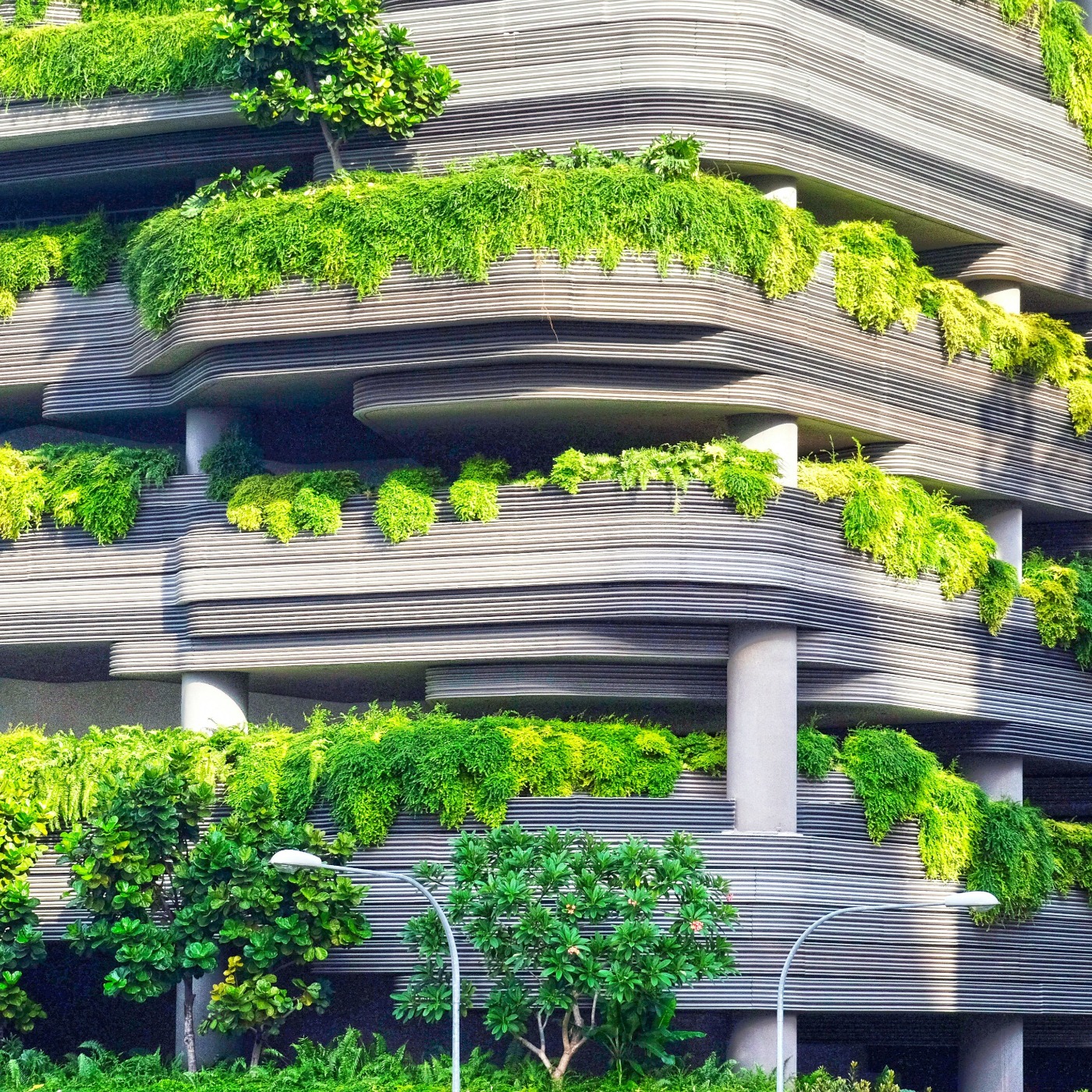
BRIEF DETAILS OF THE PROJECTS UNDERTAKEN BY THE APARAAJITA SREEGAN CRIPES LLP AS ON DATE ARE AS UNDER:
At a time when owning a house was deemed out of bounds for the society at large, APARAAJITA made it possible for thousands to own a house that has now grown into an asset; that they can rely on for their future financial means. We have used our market foresight and decades of experience to help our home buyers invest in the right place at the right time for the right price; ensuring that they enjoy optimal appreciation. Our focus has always been on the society at large and its needs. We understand the importance of balanced growth, which is inclusive and mutually beneficial. With that stance, our business philosophy is centered on benign margins from each, broadened by catering to the needs of the many; rather than profits that are exorbitant and propelled by premiums from the few. Our strong intent is pillared by our technical proficiency across our diverse portfolios. We leverage our operational expertise and cost-efficiency to deliver quality products to the society at large. Our foresight, magnitude of operations, vertical integration and most of all, our Responsible Price Policy have helped our home buyers enjoy added asset appreciation.

| SERIAL NUMBER | NAME OF THE PROJECT | NUMBER OF FLATS/VILLAS | TYPE OF FLATS 2/3/4/5 BHK or Villa/Open Plots |
|---|---|---|---|
| 1 | APARAAJITA SREEGAN HEIGHTS | 100 FLATS | 2 BHK |
| 2 | APARAAJITA SREEGAN COMMERCIAL PLAZA | 20 SHOPS AND 15 OFFICES | COMMERCIAL SPACE |
| 3 | APARAAJITA SREEGAN SMART HOMES | 120 VILLAS | DUPLEX (50) TRIPLEX (70) |
| 4 | APARAAJITA SREEGAN SKY GARDEN | 100 FLATS | 3 BHK |
| 5 | APARAAJITA SREEGAN PALACE | 50 FLATS | 4 BHK |
| 6 | APARAAJITA SREEGAN TOWNSHIP | 240 ACRES (BOTH FARM AND HOUSING) | 500 PLOTS (each plot consists of150/180/210 sq yrds) Including 5 well-crafted Club Houses |
LOCATION OF THE PROJECTS AND OTHER APPROVAL DETAILS WILL BE COMMUNICATED AS SOON AS POSSIBLE…!!!!!

HI-RISE STRUCTURES/APARTMENTS:
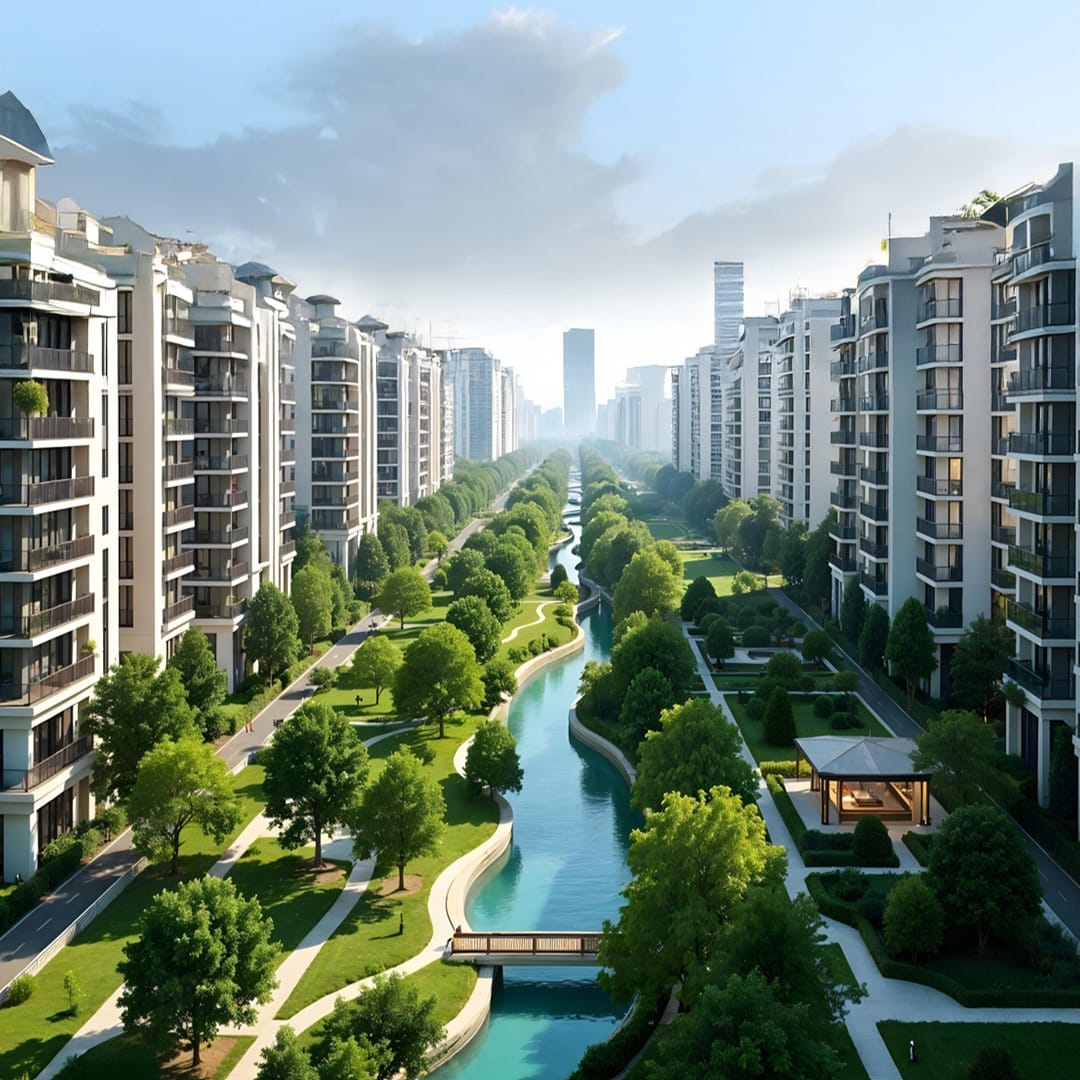
There has been a shift in the housing typology worldwide from low-density stand-alone housing towards high rise buildings accommodating large populace density. With the inflated demand for high rise buildings the human quest for better living environment has also increased as when they were built initially, they faced a lot of critique and were quite unacceptable by the society in the beginning. With the high-rise skyline appearing in almost all cities, the researchers and various professional bodies became interested in analyzing the comfort conditions existing in and around high-rise buildings.
In the fast-paced evolution of urban environments, high-rise buildings have emerged as iconic symbols of progress, innovation, and urbanization. They represent a convergence of architectural brilliance, engineering prowess, and societal aspirations. The, with its striking design and monumental scale, exemplifies these qualities and stands as a beacon of inspiration for future urban development endeavors.
For this, the quality of life has emerged as the influential factor which determines overall building environment in context of satisfaction and well-being of the users and need to be focused on while designing high rise buildings. High-Rise building projects are complex. There are many challenges related to various parameters of project management. APARAAJITA GROUP has got good savvy in constructing marvelous HI-RISES since its inception.
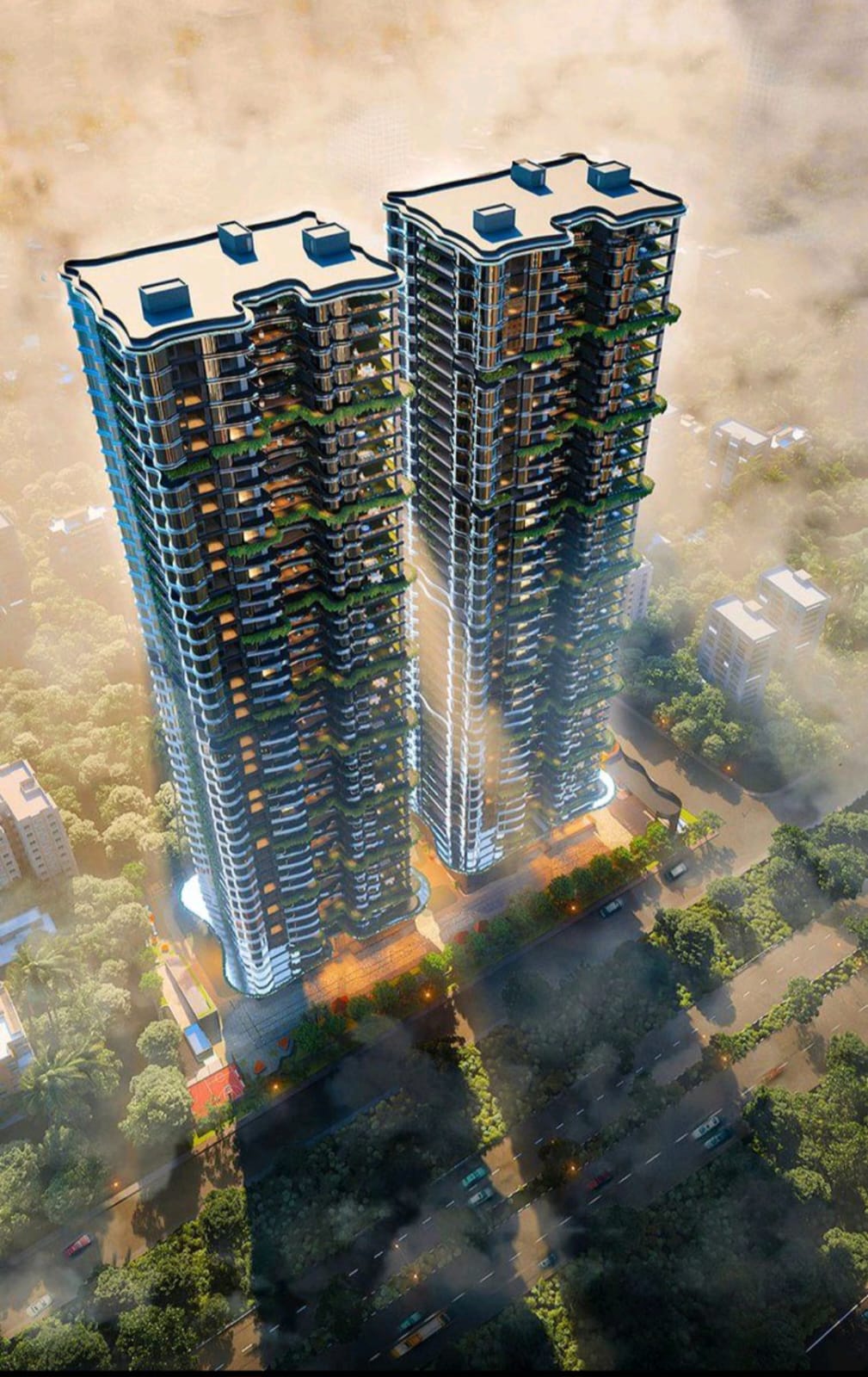

VILLAS/VILLAMENTS:
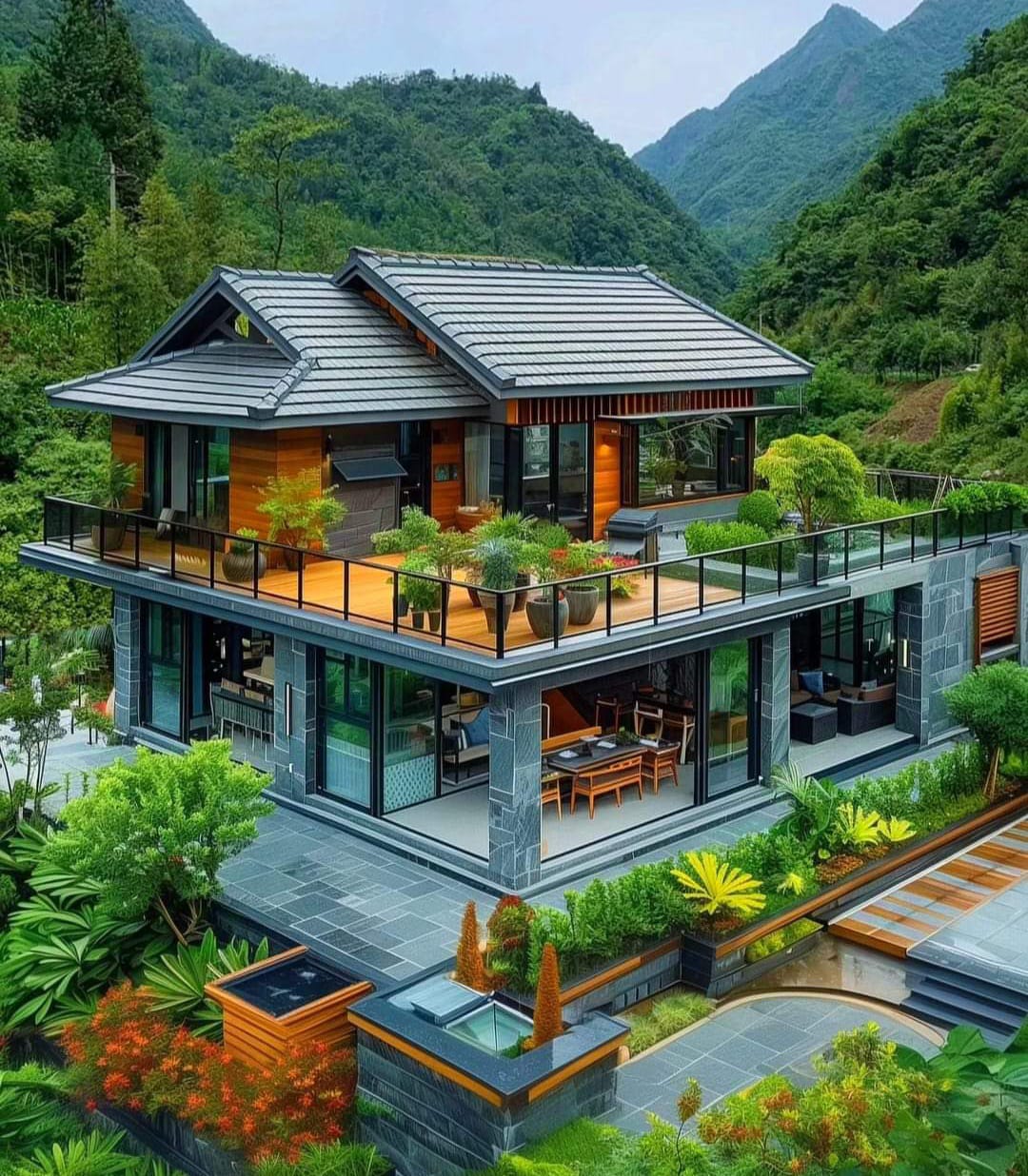
The villa inevitably expresses the mythology that causes it to be built: the attraction to nature, whether stated in engagement or the cool distance, the dialectic of nature and culture or artifice, the prerogatives of privilege and/or power, and national, regional, or class pride. The signifiers range from the siting and form of the building as a whole to individual details and characteristics. Since signs and symbols convey meaning only to those who know what they signify, they are usually chosen from past architectural usage or occasionally imported from other types of construction. Intimate engagement with nature is signified by a site and design that permit the villa to nestle and extend out into surroundings, by asymmetrical and open design, colors reflecting the setting, and natural and varied textures.
Distancing from the setting, on the other hand, is signified by a compact form, cubic in outline, often with a podium or similar device to elevate the living quarters off the earth, studied proportions, and the emphasis on the plane surface of white or of light color which disguises the nature of the materials. Villa is a medium of the architect’s manifesto that represents an ethical and aesthetic environment with natural origins, function, and form. Villas in Hyderabad are no less than a majestic palace. They are spacious and speak the glorious history of the city through their architectural design.
The individual villas from APARAAJITA GROUP offer state-of-the-art facilities that make it unique and highly demanding in the higher income group class. It is a wise decision to buy individual houses in Hyderabad as it is a progressive city with many employment opportunities. This city of Nizams will welcome you wholeheartedly by offering the best luxury lifestyle you could have ever imagined.
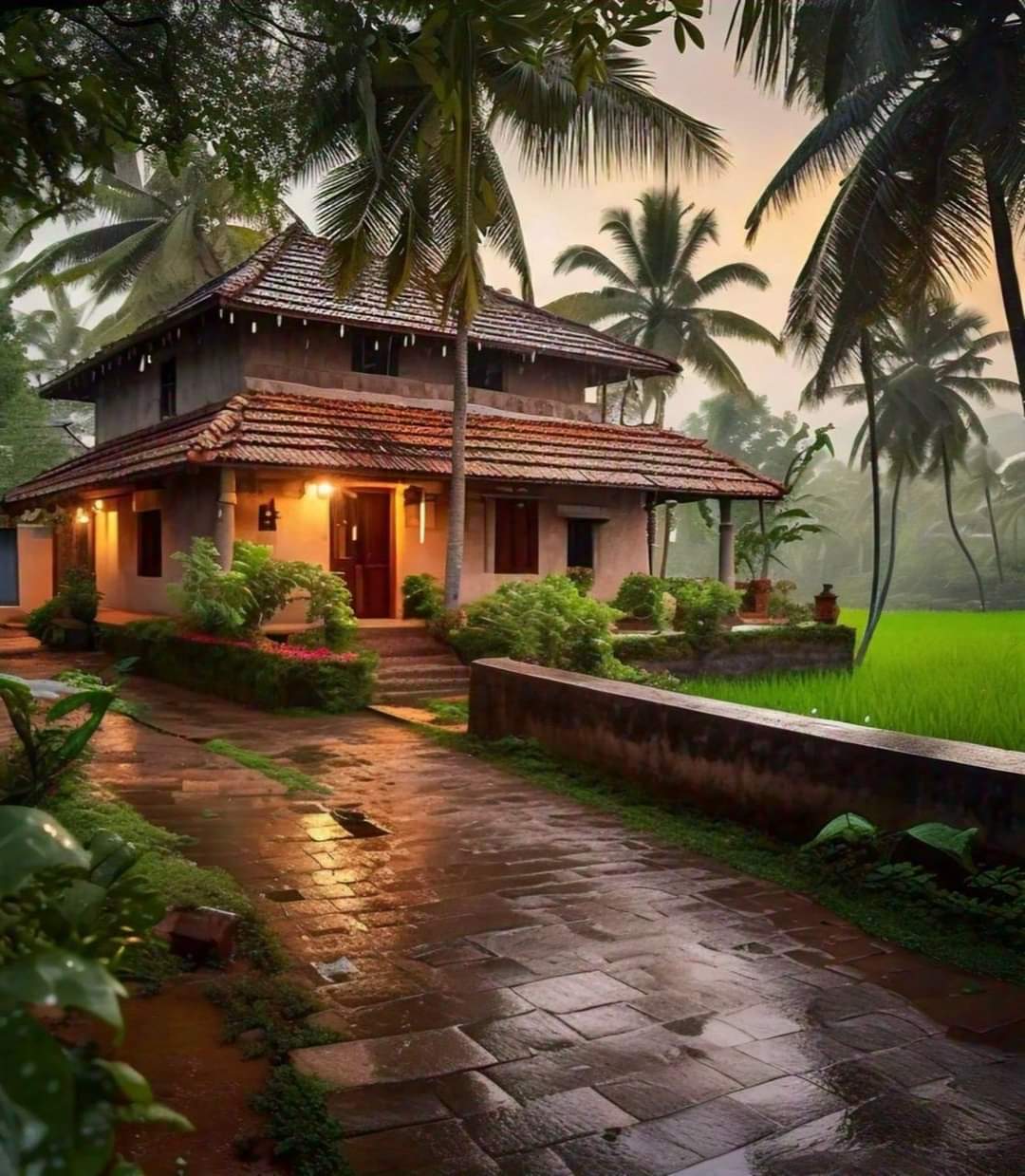
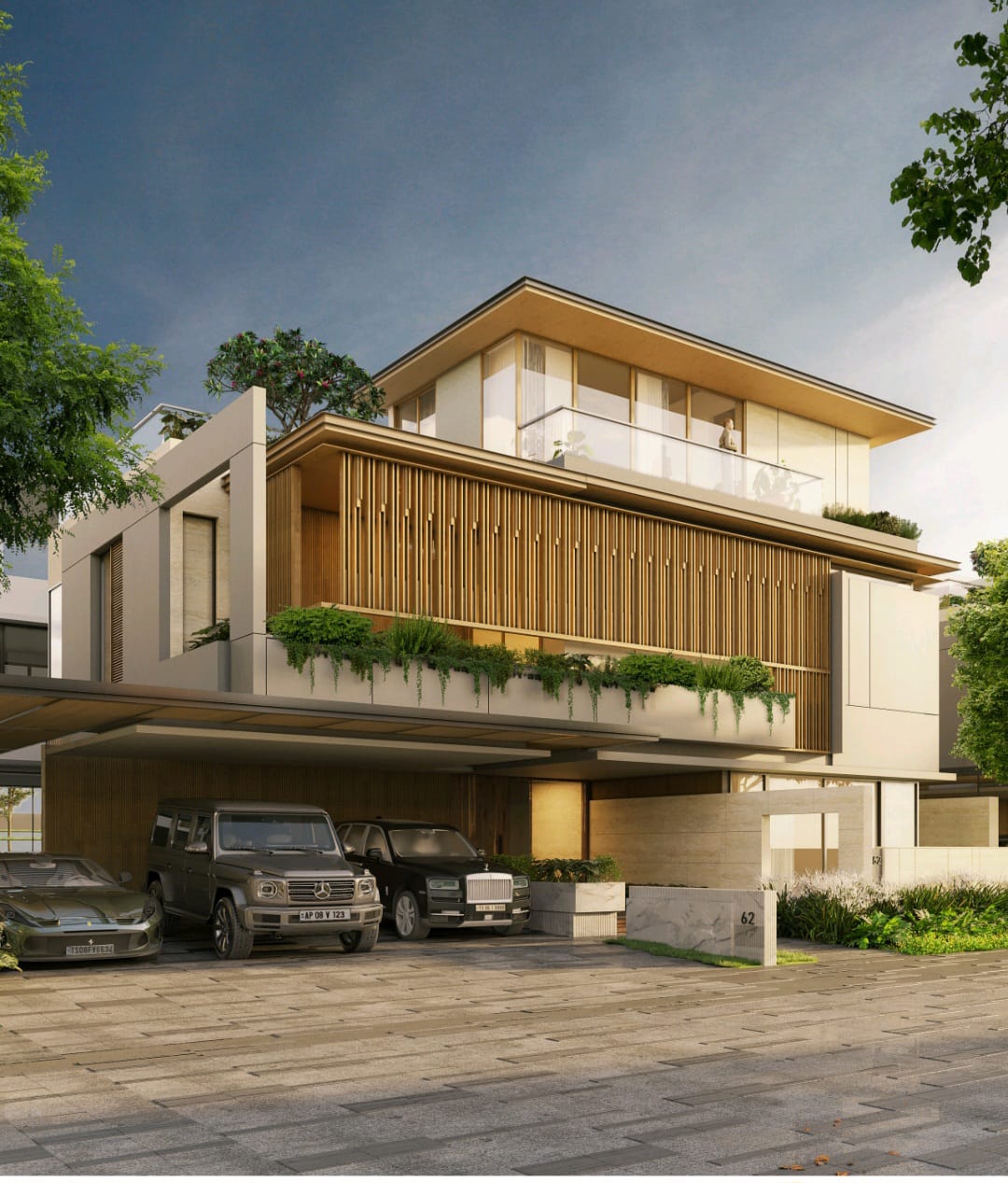
COMMERCIAL SPACES:
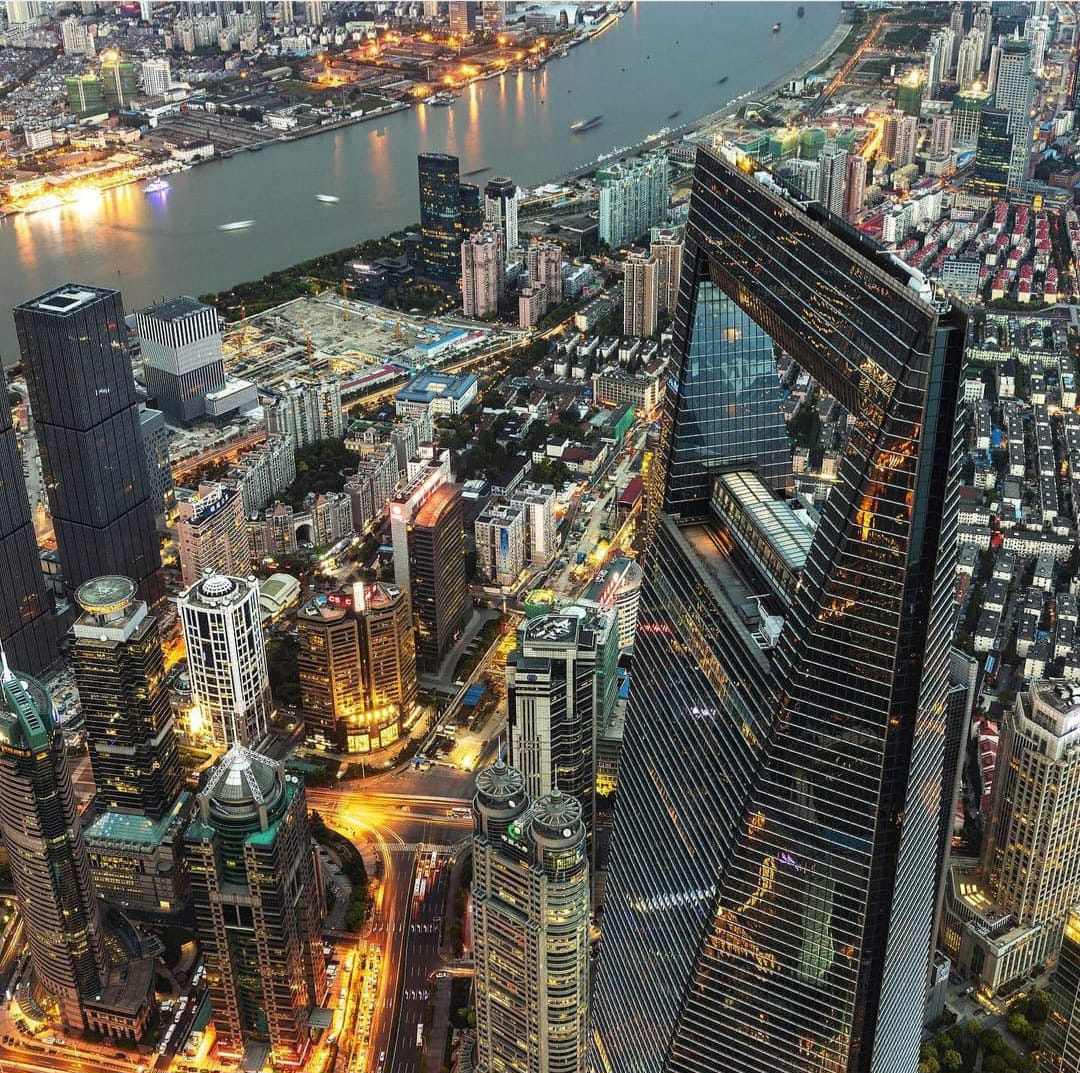
Commercial building construction represents a cornerstone of economic development and urbanization, reflecting a society’s growth, needs, and technological advancements. As cities expand and businesses flourish, the demand for diverse commercial spaces, including offices, retail centers, and industrial facilities, continues to rise, driving innovation and sustainability in construction practices. At its core, commercial construction is about more than just erecting buildings; it’s a comprehensive process that involves detailed planning, design, and management to create spaces that meet the specific needs of businesses while contributing to the urban landscape. These constructions vary widely in scale and complexity, from small retail outlets to towering skyscrapers that define city skylines, each with unique challenges and requirements.
The importance of commercial buildings extends beyond their immediate utility. They are pivotal in defining the character and functionality of urban spaces, providing the infrastructure needed for economic activities, and facilitating community engagement and services. As such, the construction of commercial buildings is a multifaceted endeavor that requires the collaboration of architects, engineers, contractors, and various stakeholders to ensure that these structures are safe, sustainable, and aligned with the evolving needs of businesses and communities.
When undertaking commercial building construction projects, the process involves careful planning and execution to ensure that the final structure meets the intended purpose and complies with all regulations. In India, commercial building construction has seen significant growth, with cities expanding and modernizing rapidly. This growth reflects the country’s increasing economic development and the demand for more sophisticated commercial spaces. Commercial building construction represents a dynamic and challenging field that requires a deep understanding of both the technical aspects of building and the unique needs of commercial enterprises. Whether through traditional or innovative methods, the goal remains the same: to create functional, aesthetically pleasing, and sustainable commercial spaces.
The future of commercial building construction is undoubtedly bright, driven by a relentless pursuit of innovation, efficiency, and sustainability. As APARAAJITA GROUP is a professional in the field, embracing these trends and challenges is not just an option but a necessity to remain competitive and relevant in an ever-changing landscape.
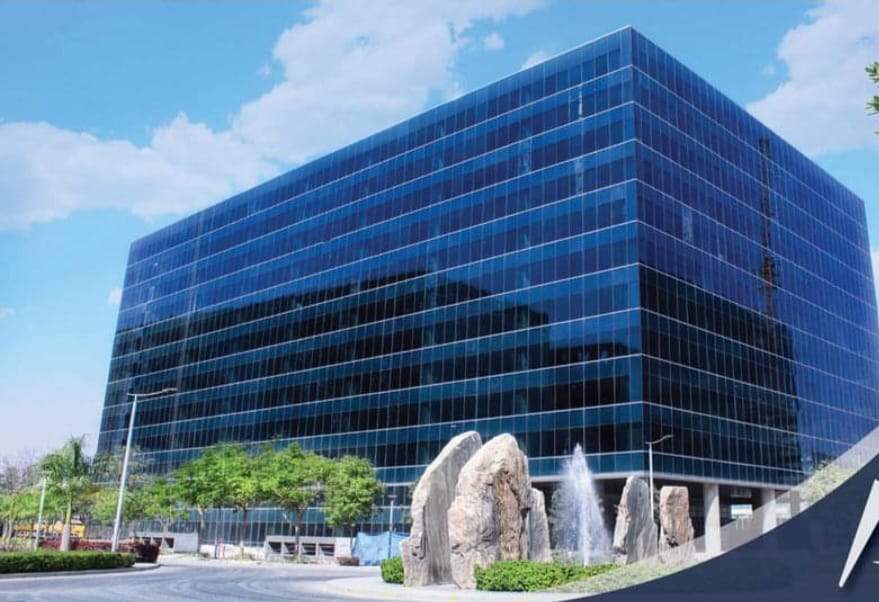
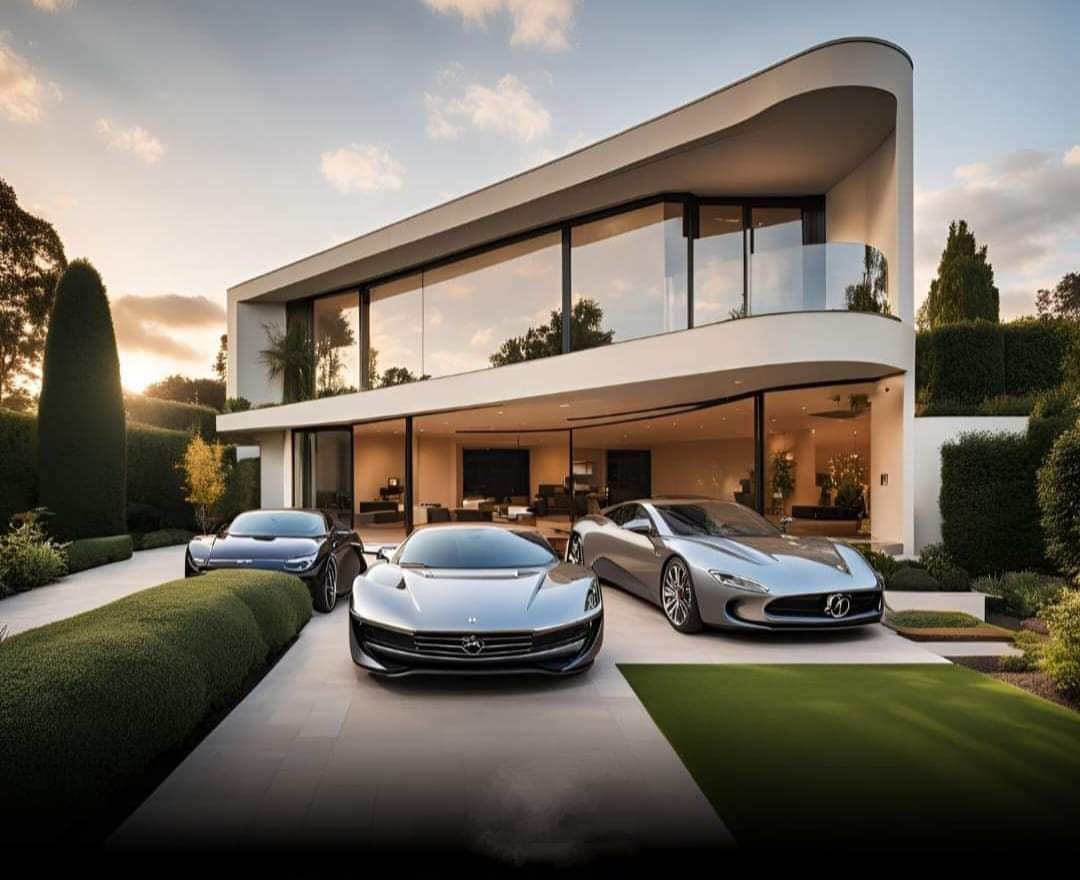
Popular types of commercial spaces APARAAJITA GROUP deals include the following:
- Movie Malls/Shopping Complexes
- Large-Scale Multifamily Housing
- Office Buildings
- Retail Stores/Exhibition Halls
- Retail Warehouses/Super Markets
- Storage Units
- Industrial Buildings
- Manufacturing Facilities
- Storage Buildings
- Medical Clinics
- Educational Institutions
- Recreation Buildings (Gyms/Studios)
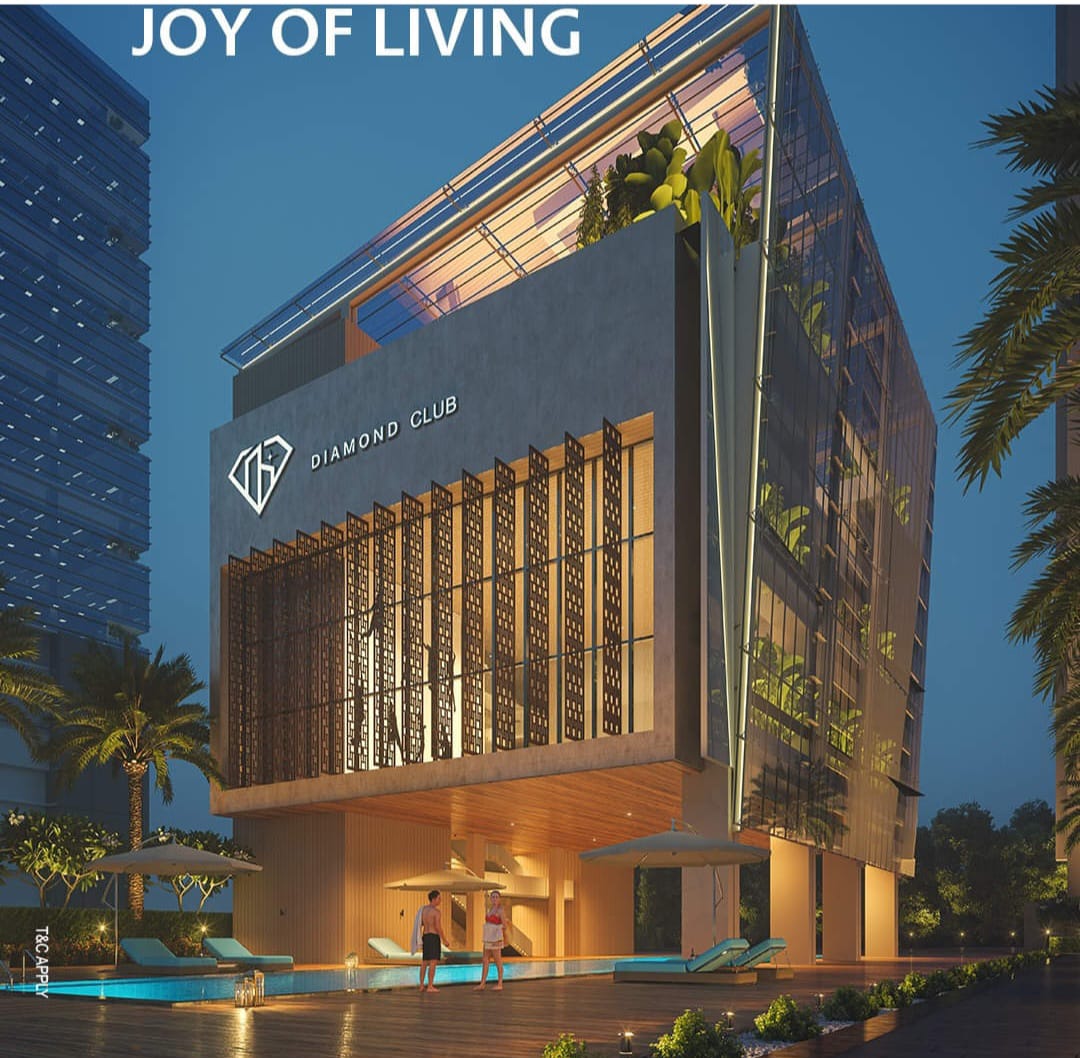
PROJECT DEADLINES:
Time is money when it comes to quick construction; builders and owners want to complete the project as quickly as possible. However, owing to higher construction costs and a more systematized workflow, commercial projects tend to move at a much faster pace than an average home builder.For APARAAJITA, faster construction means lower labor costs and a smaller financial investment in the overall project. This motivates us to work as quickly as possible.

FARM/AGRICULTURAL LANDS:
Indian agriculture has long, old and beyond memory history which begins the Indus valley civilization. Development is often perceived as change for the better (for humans) in our societies – or at least positive change for the majority of the population. Certainly, during recent decades new technologies, economic investments and political reforms have improved the lives of many. Material standards have improved; we have more belongings, live better and travel more freely, health care has improved and communications are easier. The process of industrial development and growth in urbanization has led to the transformation of farming land to non-farming uses. Urbanization leads to a continuous loss of agricultural land, both directly under the form of land take, and indirectly through the use of agricultural land for non-productive rural activities like recreation, horse keeping or hobby farming.

The expropriation of land offers a promising prospect for remedying past inequities and promoting both economic progress and food sufficiency. The conversion of land use significantly alters from farming to semi agricultural-cottage-farmlands. Private investments in land improvement can sharply increase the productivity of farming and accelerate local economic development. The provision of new irrigation and drainage systems, land clearing and levelling, roads and other infrastructure often has economies of scale beyond the reach of family farmers and beyond the capacity of governments in improving FARM LAND projects.
They are highly productive assets in URBAN infrastructure. In the most successful cases, APARAAJITA GROUP focused on the land development phase and then turned the farm operations over to individual family farms through land sales or rental for agrarian lovers to move beyond the rhetoric of land grabs and recognize the essential role of private land development in many successful local/regional family farming systems.
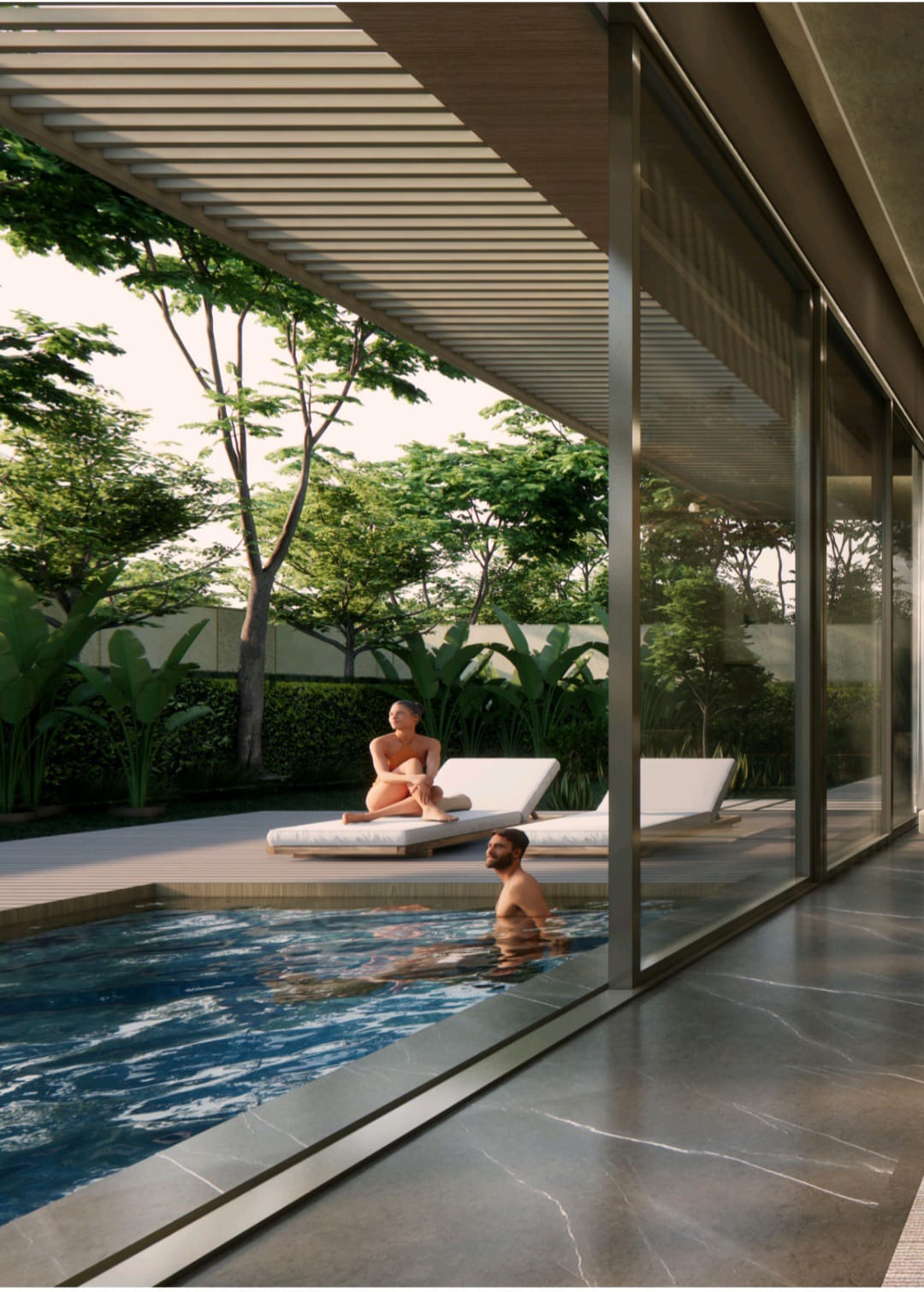

Everyone loves to own a farm; a green piece of land they can call their own to make quick weekend getaways and host fancy parties. APARAAJITA GROUP draws inspiration from the principles of the Blue Zone philosophy, known for fostering longer and healthier lives in various regions around the world. Our project incorporates these principles, emphasising longevity, overall well-being and vision of creating innovative and economically viable garden cities, where every individual in the world enjoys abundance of nature.

We provide a life beyond concrete jungle where birds and butterflies are your neighbors. Experience the charm of farm life with:
- Casual Dining Restaurants
- 30, 40, 50 & 60 Feet multiple wide Roads
- Avenue Plantation
- Designer Street Lights
- Swimming Pool with party deck
- Integrated Landscaping
- Lawns to host crowds
- Scenic Artificial Lake
- Pool side permitted Bar Counter
- 24/7 Security
- Party Lawn with 4 secluded pool facing luxury suits
- Spa&Kids Play Zone
- 2 Yrs Free Maintenance
- Compound Wall
- 70% Greenzone
- Meditation Hall/Wellness
- Proposed Homes for Retired Personnel
- Customized farm house construction service
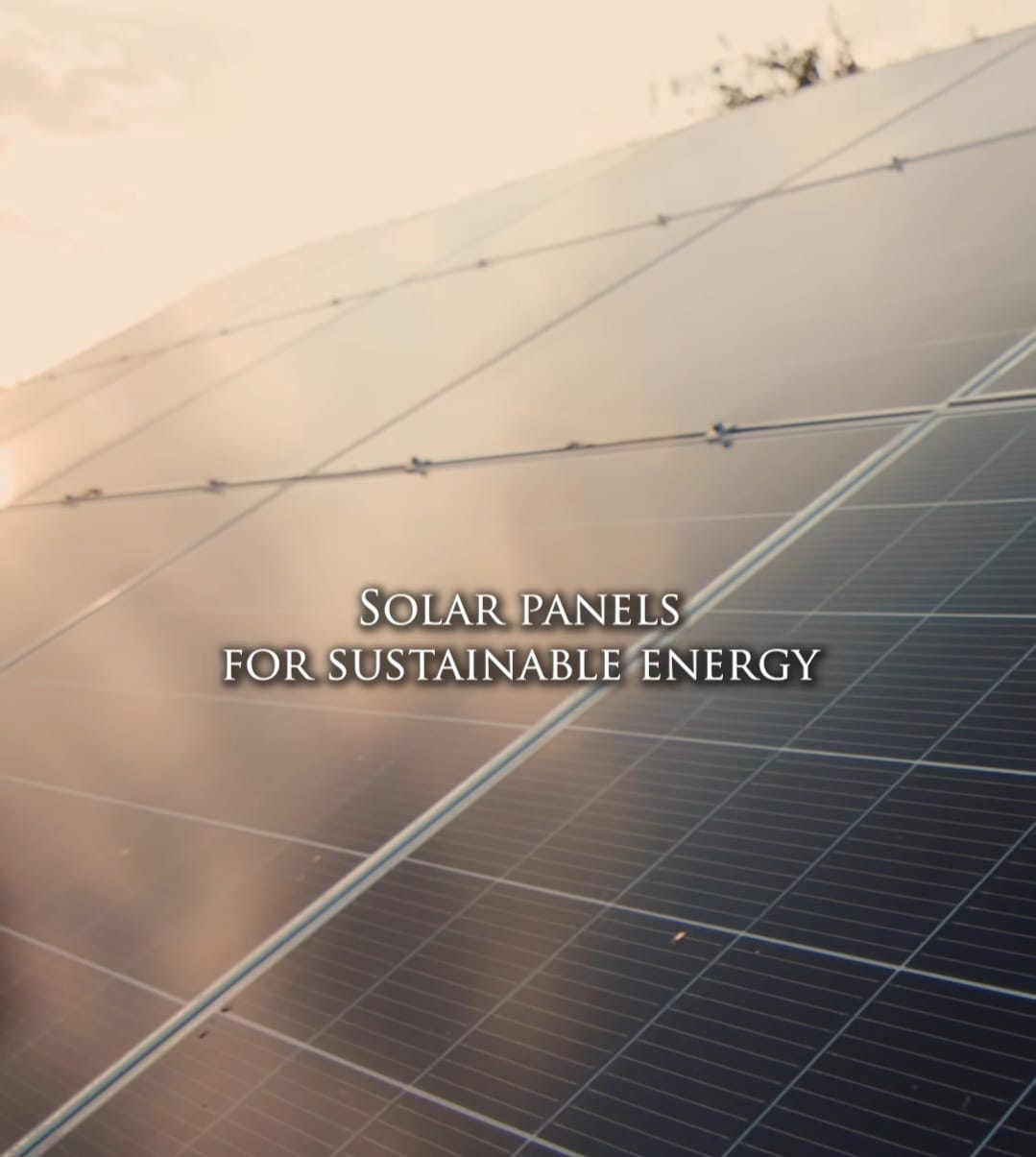
FRUIT/VEGETABLE CULTIVATION:
APARAAJITA Farmlands is not just a home; it’s a farm where you can savour fresh, organic fruits. We grow a variety of fruit-bearing plants including mangoes, guavas, pomegranates, sapotas, bananas, jackfruits, and many more. Our farms also focus on cultivating vegetables using organic methods, ensuring that you enjoy fresh, healthy produce right from your garden. This makes our farm land in Hyderabad investments even more valuable as you can enjoy farm-fresh produce.

WHY INVEST IN FARM LANDS?
Investing in Farm lands is a mixture of all the best things real estate can offer. Farm land in Hyderabad as property can earn more returns than the regular plotting. Farm lands will earn additional income from farming in addition to regular land price appreciation. If you are exploring for a Farmhouse space or farm land for Sale in Hyderabad then your search ends at APARAAJITA GROUP.
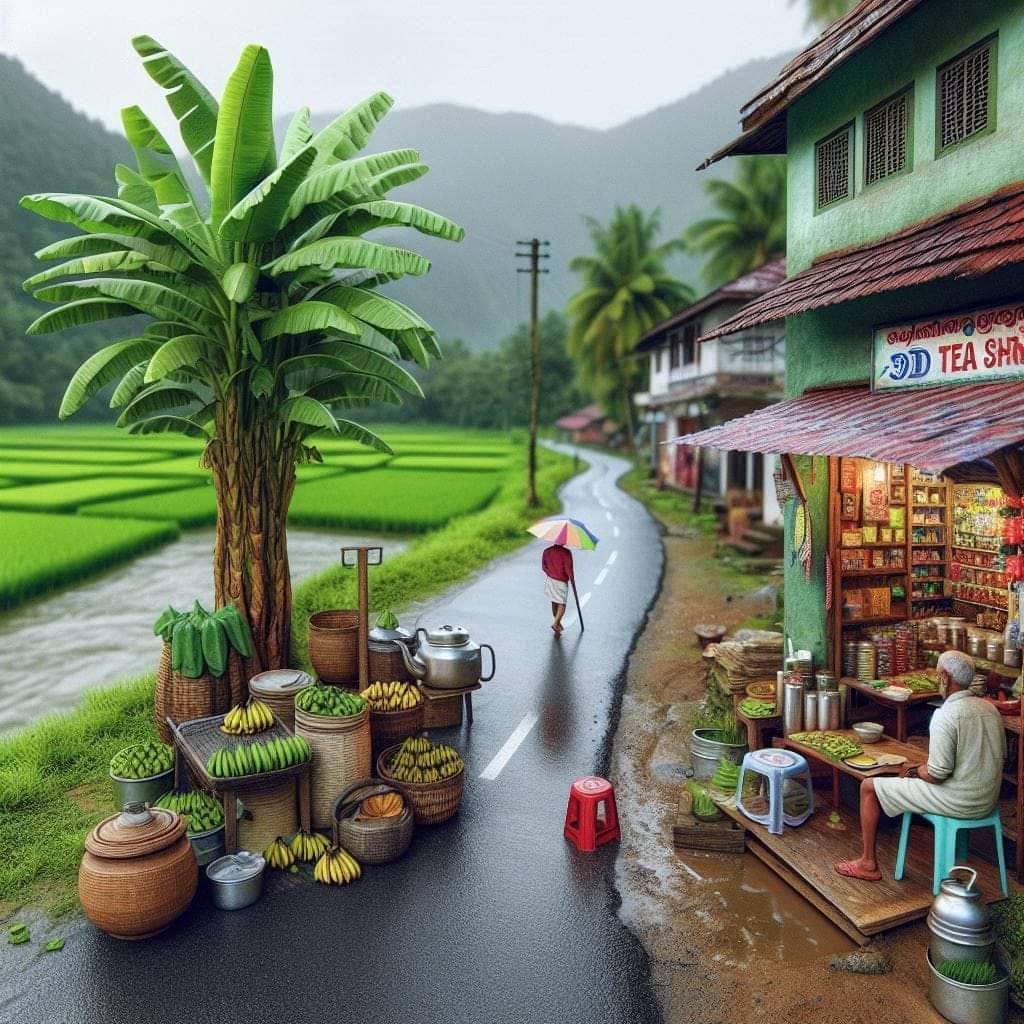
RESORTS:
There are many superb resorts across the globe offering not just accommodation but unique experiences that attract travelers from far and wide. They each play an important role in hospitality by supporting economic growth and providing memorable experiences. Social distancing might be a thing of the past for many people, but personalized experiences are here to stay. Travelers have seen the benefits of smaller and more personalized experiences, and they are going to keep wanting more with ACCOMMODATION, DINNING and SPA-Massage/Skin Care/Manicure and Pedicure. But while the future looks strong for resort development, creating a successful resort requires a multifaceted approach, including meticulous planning, sustainable design, effective marketing and operational excellence.

It's not just about showcasing the luxury and comfort that await but about painting a picture so vivid, potential visitors can already feel the sun on their skin and the relaxation setting in. The cornerstone of this endeavor lies in understanding your audience deeply and crafting messages that resonate with their desires for escape and adventure. This intricate dance between storytelling and strategic marketing elevates your brand, making it not just seen, but felt. In a world where every resort promises paradise, standing out requires a blend of creativity, authenticity, and strategic thinking.
Throughout APARAAJITA’S exploration, we've uncovered the multifaceted approaches that stand out resorts employ to captivate and enchant its guests, both prior to their arrival and during their stay. The crux of our strategies hinges not just on showcasing the amenities or the luxury that awaits but on painting a vivid picture of the emotional and transformative journeys that guests can anticipate.
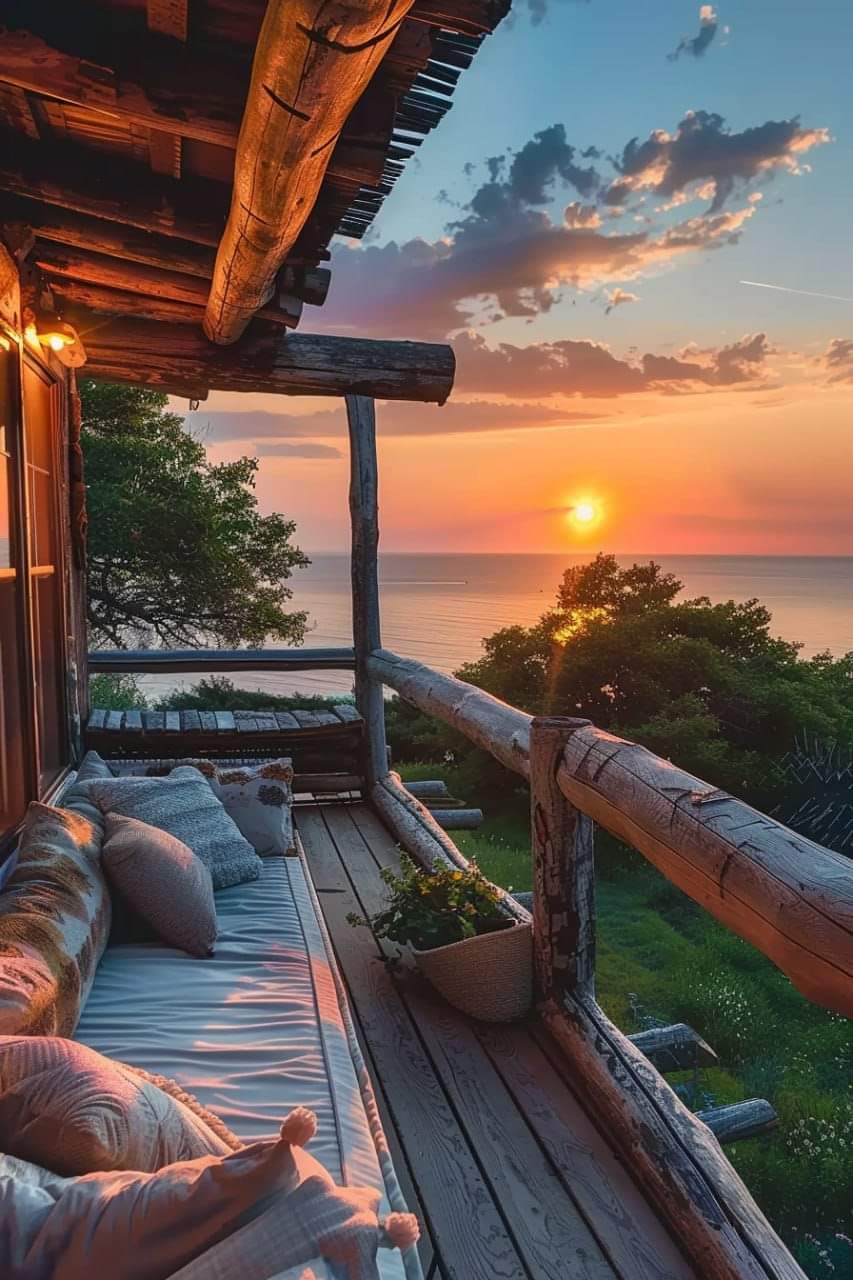
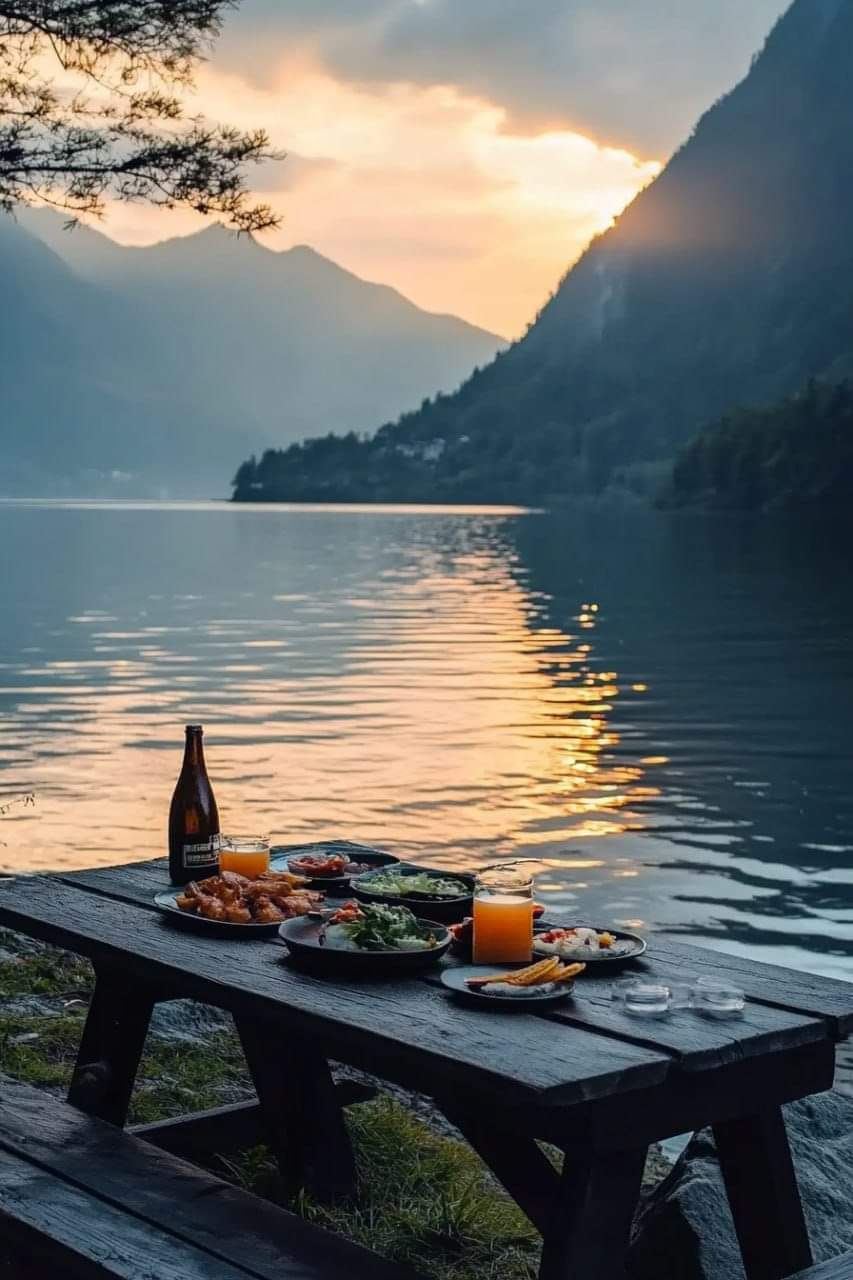
CONVENTION CENTRES:
As an industry, Tourism industry has the highest Multiplier Effect due to its strong linkages with socio-economic development of the society. The development in tourism sector not only directly affects increased revenue generation of the state from the outside visitors (both domestic and foreign) but also enhances employment and income generation at the local levels. Being a labour intensive industry, tourism related activities generate income and employment particularly for women, rural artisans, educated unemployed and youths. Furthermore, as the development of the tourism sector is basically an integrated one , it also facilitates developments in other related sectors/industries like Power, Water, Transportation, Agriculture and Allied, Small-Scale sectors (like Handicraft, Handlooms, Artisan etc), Hotel etc. Hyderabad is the country’s fifth most popular tourist destination. With the largest number of institutes in hotel management and catering technology in the country, the Capital City has a large pool of skilled human resources. The sector is attracting significant investment by domestic and global players as infrastructure is being ramped up to meet the needs of the growing tourist activity.
Using off-site workdays to motivate staff and improve their productivity is gaining popularity in the corporate world. Companies are also realizing the benefits to their business when regional dealer conferences, incentive trips and focused business meetings are organized in exotic locations which include sightseeing, recreation and shopping. The Meetings, Incentives, Conventions and Exhibitions (MICE) segment of tourism caters to such corporate programmes which are tailor-made to suit the client's requirements. MICE is used to refer to a particular type of tourism in which large groups, usually planned well in advance, are brought together for some particular purpose. The sudden growth in sectors like IT, Tourism, Education within the state has also increased the demand for hospitality and MICE facilities.
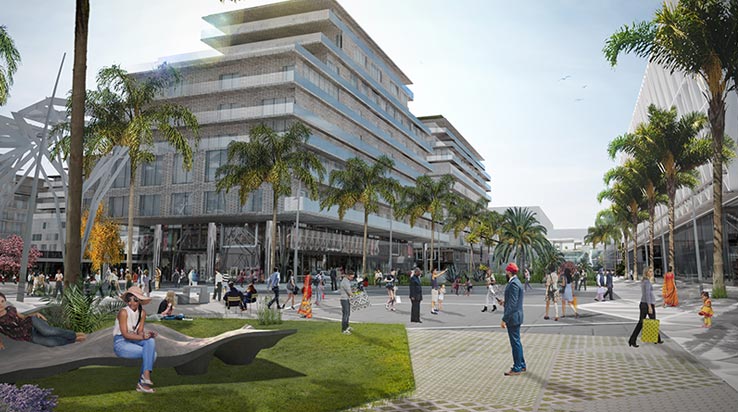
The state has a number of potential locations which can be developed as one of the finest Incentive destinations in the state owing to the diverse culture and geography. Example, Hyderabad International Convention Centre (HICC) is managed by Accor Hospitality and jointly owned by Emaar Properties PJSC Dubai and Andhra Pradesh Industrial Infrastructure Corporation Ltd. The Convention Centre is ideally located in Hyderabad’s IT hub and business district offering state of the art exhibition, meeting and convention services.
Considering the growth of MICE Tourism across the World and the greater growth of Business related activities in India over last two decades, it would be appropriate to look for MICE complex in Hyderabad. Hyderabad and Amaravati are evolving as unique Conference Destinations as it offers cultural and heritage sites, the exotic and mystical, excellent facilities of beach and adventure holidays which can be combined as pre and post conference tours. The sudden growth in sectors like IT, Tourism, Education within the states have also increased the demand for hospitality and MICE facilities. The state has a number of potential locations which can be developed as one of the finest Incentive destinations in the states owing to the diverse culture and geography.
Focused on supporting civic life, APARAAJITA understands the challenges of developing convention centres and civic buildings that act as catalysts for urban vitality and community prosperity. With a sensitive approach to design and unrivalled engineering skill, our teams work closely with public and private sector organisations to create inspirational destinations – exceptional, sustainable and cost-effective buildings that will generate value for their owners and meet the needs of the end-users. We have dedicated resources and innovative market campaigns that are necessary to position India as an attractive MICE destination. Our extensive multi-discipline capability enables us to provide a full range of design, project management and environmental consultancy services at every stage of your project – from strategic planning and analysis, through engineering and construction, to maintenance and operations. Our integrated and flexible structure means we can deliver reliable and robust outcomes that support any budget and program requirements and exceed environmental objectives.
CHECK DAMS CONSTRUCTION TO IMPROVE FARM PRODUCTIVITY:
Check dams are small barriers built across the direction of water flow on shallow rivers and streams for the purpose of water harvesting due to strong current by tributaries. The construction of check dams reduces the flow velocity of water across a stream, channel, or waterway and prevents soil erosion. Also, considering the ecological aspect, the water if controlled can be used in the near-by irrigation purpose, through which farmers having their land(s) adjoining to the proposed check-dam, would have a high moisture content, and thus, they could enhance the soil water percolation rate of their soil, and on an overall scenario, the ecological aspects also can be enhanced of this area. Further, this will increase ground water level in nearby areas through quick recharge of drinking as well as irrigation wells.
Heavy rains during the monsoons make the problem worse since they remove fertile surface soil, resulting in low water holding capacity and depleted fertility, subsequently resulting in poor crop production. As a result, rainwater conservation and groundwater recharge have become increasingly important; it makes sense to look into the possibility of using some of the surplus surface runoff flowing down to the sea through the construction of check dams.
CHANGE IN CROPPING PATTERN:
Improvement in soil moisture level facilitates crop cultivation in the dry season. Some beneficiaries have already started cultivating potato and maize (earlier only consumed at home) for selling at markets, leading to crop diversification and change in the cropping pattern with the initiation of APARAAJITA.
APARAAJITA works on for a sustainable development of micro-watershed in any plateau and hilly areas, needs small and series of check-dams on small streams adjoining to bigger walls followed by rivers. These check dams are being made to arrest the run-off of rainwater falling on a particular place of land in a span of a year. The optimum utilization of rainwater is solely dependent on the design and place of its construction of Civil Structures made for water-harvesting or storage.